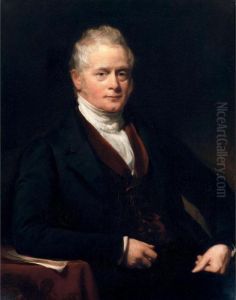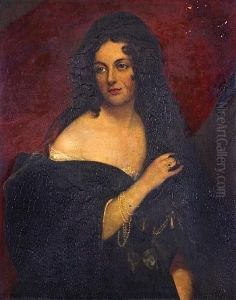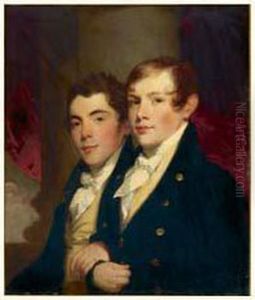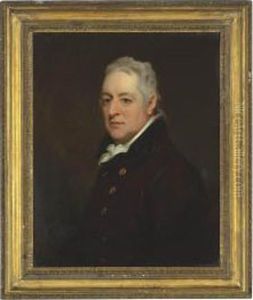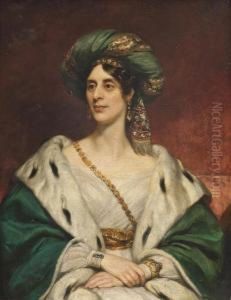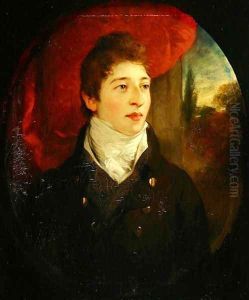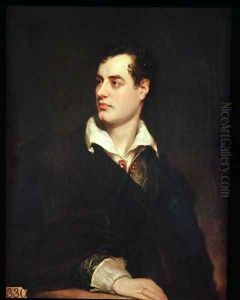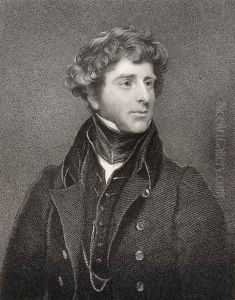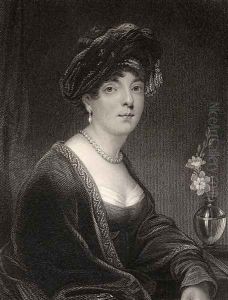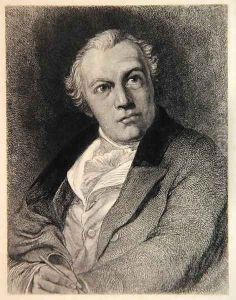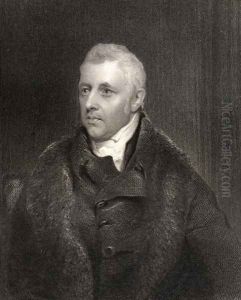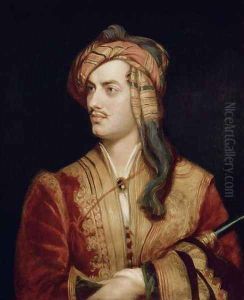Thomas Phillips Paintings
Thomas Phillips was an English painter who specialized in portraits and subjects from history. Born on October 18, 1770, in Dudley, Warwickshire, England, Phillips began his career as an apprentice to a glass painter named Francis Eginton. After moving to London in 1790, he entered the Royal Academy Schools and quickly established himself as a portraitist.
Phillips' work was characterized by a fine sense of color and composition, which helped him to capture the character and essence of his subjects. His clientele included many prominent figures of his time, such as scientists, writers, and politicians. One of his most famous portraits is of the poet Lord Byron, painted in 1813, which has become one of the iconic images of the Romantic poet.
Phillips was elected an Associate of the Royal Academy in 1804 and became a full member in 1808. Throughout his career, he exhibited over 700 works at the Royal Academy. In addition to portraits, he also painted historical and mythological subjects, although these were less frequent.
His interest in the arts extended beyond painting; Phillips was known to have a keen interest in music and literature. He was friends with many of the leading figures of his day, including Samuel Taylor Coleridge and Sir Humphry Davy. These relationships not only provided him with patrons but also influenced the cultural depth of his work.
Phillips continued to paint until his health declined. He passed away on April 20, 1845, in London, leaving behind a legacy as one of the key portrait painters of the early 19th century in Britain. His works remain on display in galleries and museums across the United Kingdom, including the National Portrait Gallery in London, which holds a significant collection of his portraits.






